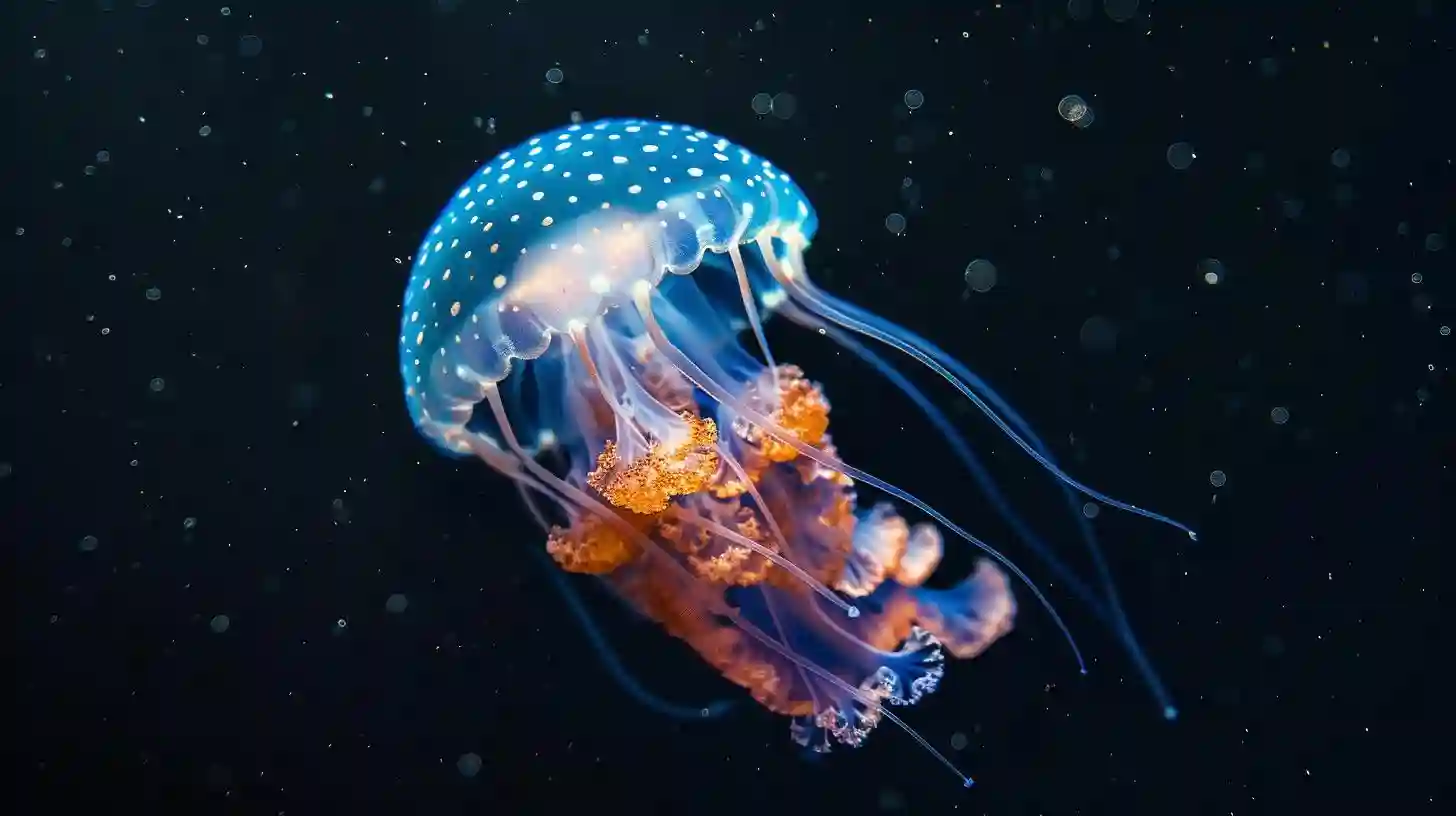
Raising glowing jellyfish, especially the bioluminescent and fluorescent species, is a fascinating endeavor that combines elements of marine biology, chemistry and aquarium husbandry. These mesmerizing creatures enchant with their ethereal glow, making them popular among hobbyists and researchers. This article takes an in-depth look at the knowledge required to successfully raise glow jellyfish, including their biology, habitat requirements, feeding, and the technology behind their glow.
Glow jellyfish belong to a group of marine animals known as cnidarians, which also includes corals and sea anemones. The luminescence of these jellyfish can come from two main sources: bioluminescence and fluorescence.
Bioluminescence: This is the production and emission of light by a living organism. It is the result of a chemical reaction inside the jellyfish involving luciferin (a light-emitting molecule) and luciferase (an enzyme). The most famous bioluminescent jellyfish is Aequorea victoria, whose green fluorescent protein (GFP) is widely studied and used in scientific research.
Fluorescence. Unlike bioluminescence, fluorescence occurs when a jellyfish absorbs light of one wavelength and re-emits it at another. This process requires an external light source to illuminate the jellyfish, which then glows brightly.
Providing a suitable habitat for glow jellyfish is critical to their health and glow. This involves replicating their natural environment as closely as possible.
Aquarium: Jellyfish require a special tank called a kreisel, which has a circular flow that keeps them suspended in the water column and prevents them from getting stuck in corners. The reservoir should be made of clear acrylic to ensure a smooth and continuous flow of water.
Water Quality: Maintaining optimal water quality is important. Jellyfish are sensitive to changes in water chemistry. The tank should have a stable temperature, typically 70–75°F (21–24°C), and a salinity level of about 1.023–1.025 specific gravity. Regular water changes and a good filtration system are essential to keep your water clean and free of toxins.
Lighting: For fluorescent jellyfish, adequate lighting is key. To enhance the glow, blue or ultraviolet LEDs are usually used. Lighting should mimic natural light cycles to avoid stressing the jellyfish.
Flow: The flow of water inside the aquarium should be smooth but constant so that the jellyfish can move freely without being exposed to strong currents that can damage their fragile bodies.
Feeding is another important aspect of raising healthy jellyfish. Their diet mainly consists of small planktonic organisms, but in captivity they can be fed a variety of foods.
Live Food: Artemia nauplii and copepods (brine shrimp) are an excellent live food option. They provide essential nutrients and stimulate the natural feeding behavior of jellyfish.
Prepared Foods: Gel-based diets formulated specifically for jellyfish are also available. These diets are convenient and nutritionally balanced, ensuring the jellyfish get all the nutrients they need.
Feeding should be done once or twice a day, and any uneaten food should be removed immediately to maintain water quality.
The enchanting glow of bioluminescent and fluorescent jellyfish is not only visually stunning, but also scientifically intriguing. Understanding the mechanisms behind their glow can improve the experience of raising these creatures.
Bioluminescent Jellyfish: The production of light by bioluminescent jellyfish is a biochemical process involving luciferin and luciferase. When these molecules interact in the presence of oxygen, light is produced. This process can be triggered by a variety of stimuli, including movement, changes in temperature, and the presence of certain chemicals in the water.
Fluorescent jellyfish. Jellyfish fluorescence, such as GFP, found in *Aequorea victoria*, occurs when the jellyfish absorbs blue or ultraviolet light and re-emits it as green light. This process produces no heat, making it a cool light. Scientists have used GFP for numerous applications, including as a marker in molecular biology to study gene expression and protein localization.
Breeding glowing jellyfish in captivity is a difficult but rewarding endeavor. Understanding their life cycle is essential for successful propagation.
Life Cycle Stages: Jellyfish undergo a complex life cycle that includes both asexual and sexual reproduction. They begin as tiny larvae (planulae) that settle on the substrate and develop into polyps. Polyps can reproduce asexually by budding, creating clones of themselves. Under certain conditions, polyps transform into esters (juvenile jellyfish), which eventually mature into adult jellyfish.
Reproduction Conditions: To stimulate reproduction, it is important to replicate the natural conditions that cause polyp formation and strobilization (the process by which polyps produce esters). This may include adjusting water temperature, light cycle, and nutrient levels.
Challenges: One of the major challenges in jellyfish farming is the fragile nature of their larvae and polyps. Providing a stable environment with minimal fluctuations in water quality and temperature is critical to their survival.
While raising glowing jellyfish can be a fun hobby, it is important to consider the ethical and environmental implications. Overfishing of wild jellyfish populations can disrupt marine ecosystems. Therefore, it is recommended to purchase jellyfish from reputable breeders who practice sustainable and ethical practices.
Additionally, hobbyists should be aware of the potential environmental impact if jellyfish are accidentally released into local waters. Non-native species can become invasive, threatening native biodiversity. Proper containment and responsible disposal of water and materials from tanks is necessary to prevent environmental damage.